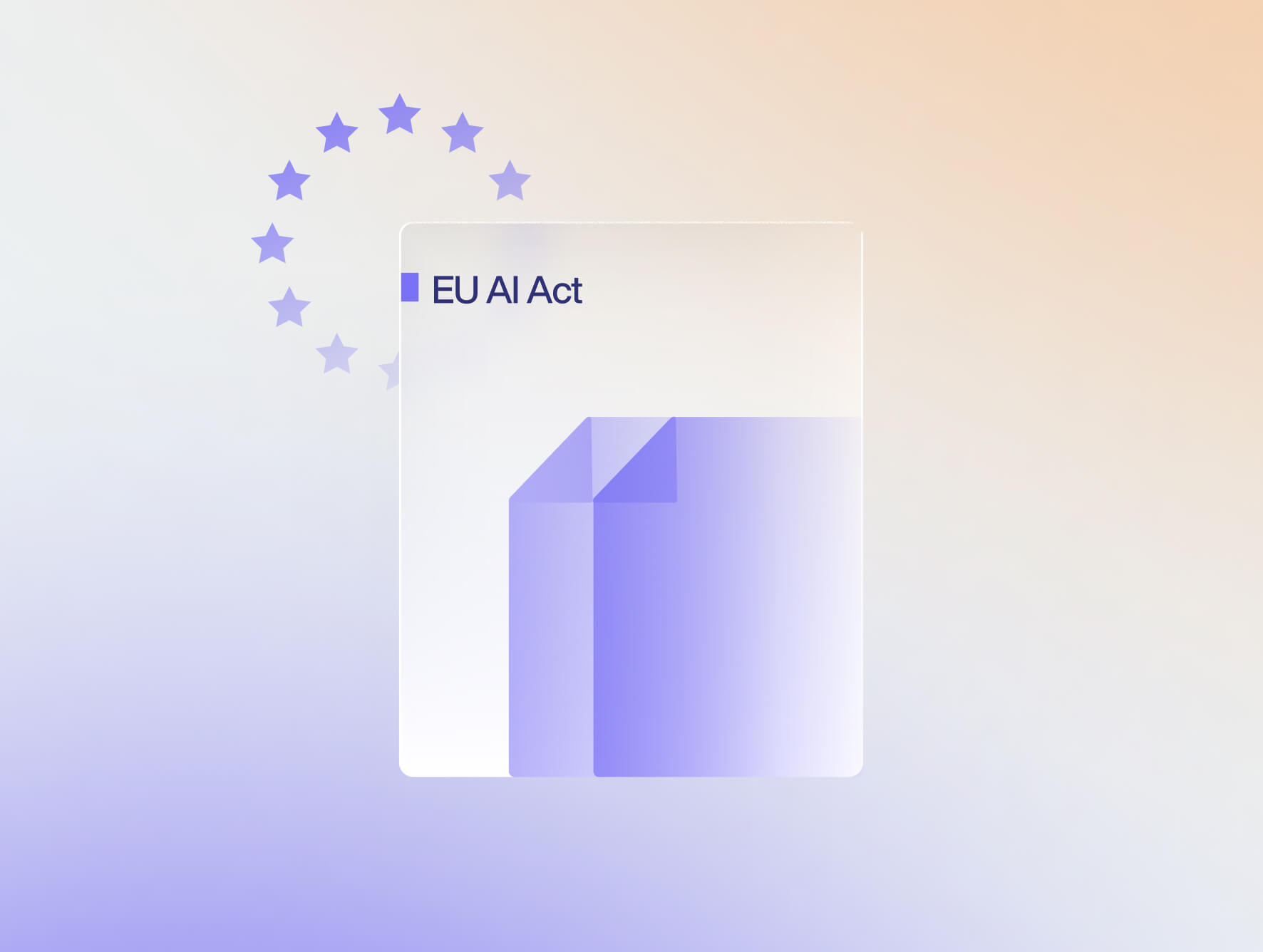In an effort to address the pay disparity between men and women, the President of Ireland signed the Gender Pay Gap Information Act 2021 into law on Jul. 13, 2021.
The Gender Pay Gap Information Bill amends the Employment Equality Act 1998 and requires gender pay gap reporting from certain Irish employers. The Act’s goal is to promote pay transparency by requiring certain Irish employers to report and publish information about gender pay gaps within their organizations. It also holds employers accountable by requiring them to explain gaps and what action they’re taking to eliminate or reduce identified wage gaps.
Below we have outlined this latest international effort to advance pay transparency and what it could mean for the future of the U.S.
What are the reporting requirements?
The Act provides that the Minister for Children, Equality, Disability, Integration, and Youth establish regulations as soon as “reasonably practicable” mandating employers to publish a variety of information about the compensation of their employees, including:
- Mean and median hourly compensation for full-time and part-time male and female employees
- Mean and median bonus compensation of male and female employees
- Percentage of all employees who have received a bonus or benefits
Employers will also be required to explain why gender pay gaps exist and the actions they’re taking to rectify them.
It’s important to note the Act draws a distinction between the “gender pay gap” and “equal pay for equal work.” While equal pay for equal work has long been codified into Irish law, the new regulations are specific to gender pay gaps, which are defined as the difference in the average hourly wage of men and women across a workforce. Gender pay gaps don’t necessarily mean discrimination is present – but the new reporting system will illuminate where discrimination does exist and require employers to take action to resolve it.
In addition to reporting requirements, the regulations may determine:
- The class of employer, employee, and pay to which the regulations apply
- How the number of employees and pay is to be calculated
- The form and manner in which information is to be published, along with the frequency of publication (which will not be required more than once per year)
Which organizations are impacted?
Private and public sector employers will be affected with the following requirements:
- Initially, the legislation will only apply to companies with 250+ employees
- Two years after the start of the Act, the act will expand to include organizations with 150+ employees
- Three years after the start of the Act, organizations with 50+ employees will need to comply
- At this time, organizations with less than 50 employees are exempt from the Act’s reporting and disclosure requirements
When does the law take effect?
While the law is expected to be fully enacted at the end of this year, the reporting process is expected to begin in 2022.
How will the law be enforced?
The Workplace Relations Commission will investigate complaints and follow up with employers accordingly to enforce pay equity in Ireland. Additionally, if “reasonable grounds” are present, the Irish Human Rights And Equality Commission may file an order with the Circuit Court or High Court that would require an employer in question to comply.
What does this mean for U.S. employers?
Ireland’s action to amend pay equity legislation is reflective of movements gaining traction around the globe. Canada’s recent passage of its Pay Equity Act is yet another effort aimed at confronting systemic gender-based discrimination. Local efforts to close the gap are also cropping up across the U.S., and federal legislation seems imminent. Already, states like California, Illinois, Rhode Island, and Oregon have passed legislation requiring employers to achieve pay equity through similar transparency efforts. Congress is also actively working to pass legislation to bolster the federal Equal Pay Act.
U.S. employers should get ahead of the curve by implementing a pay equity policy now. A focus on pay equity isn’t the ethos of the future – it’s already here.
We’re here to help employers take a proactive approach to achieve pay equity in their organizations. Our PayParity Solution provides auditing and ongoing monitoring to help your organization get ahead and minimize risk.









